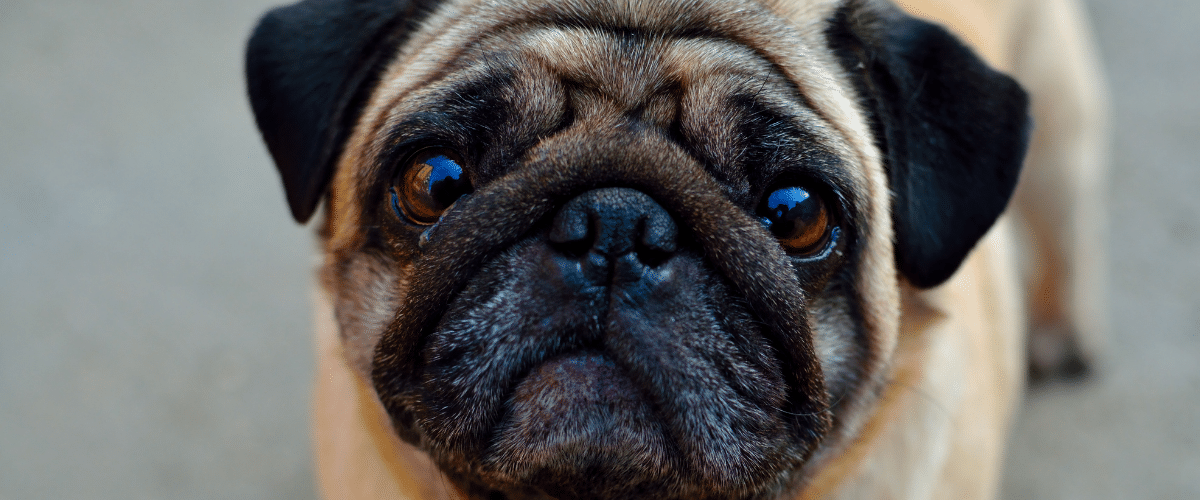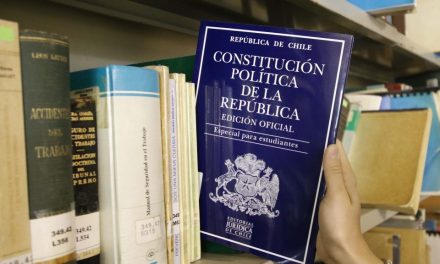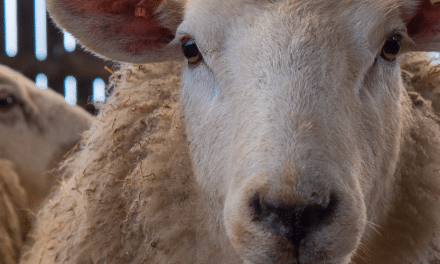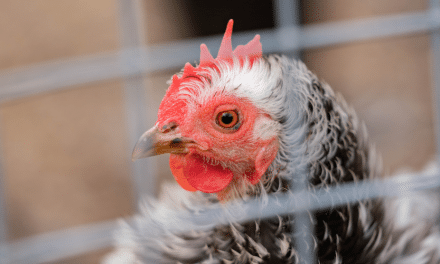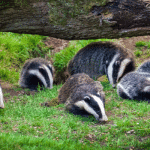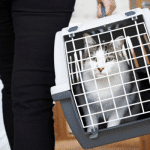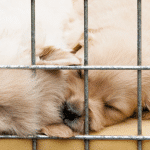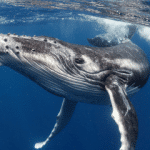By Julia Lee
Heaving and wheezing, panting and collapsing, brachycephalic dogs struggle to breathe and survive due to severe morphological abnormalities, including the recognised characteristics of short-face and airway obstruction. Brachycephalic dogs includes pugs, bulldogs, boxers, and Staffordshire terriers. Witnessing their health struggles is distressing from any perspective, but for a veterinarian it’s even more frustrating to treat these conditions when they are predictable, resulting from selective breeding.
Breeding these traits results in severe welfare problems, which to many vets seems, at the very least, like a welfare violation. Why isn’t it seen as such under the law?
Regulations
The Animal Welfare Act (2006) governs and reflects our duty towards animals, with the five needs of (1) a suitable diet, (2) a suitable environment, (3) being able to exhibit normal behaviour, (4) being housed with, or apart, from other animals, (5) protection from pain, suffering, injury, and disease. However, the existence of this short-faced appearance for brachycephalic dogs questions the welfare needs of (3) and (5): it is ‘normal’ to develop breathing difficulties and gasping behaviours with this anatomy? Are they ‘protected from suffering’ if suffering is bred into their genomes?
Clearly, the lack of explicit enforcement allows brachycephaly to continue to be selected for and these suffering dogs to continue being popular breed choices.
A fairly recent regulation was passed in Parliament, called the Animal Welfare (Licensing Involving Animals) (England) Regulation (2018). It states in paragraph 6(5) of Schedule 6: ‘No dog may be kept for breeding if it can reasonably be expected, on the basis of its genotype, phenotype or state of health, that breeding from it could have a detrimental effect on its health or welfare or the health or welfare of its offspring.’
Further guidance provided by the Department for Environment, Food and Rural Affairs (DEFRA) specifically states “dogs that have required surgery to rectify an exaggerated conformation that has caused adverse welfare…must not be bred from.” However, from the author’s knowledge this has not yet been tested in court.
The European Convention for the Protection of Pet Animals, Article 5 – Breeding, states “Any person who selects a pet animal for breeding shall be responsible for having regard to the anatomical, physiological and behavioural characteristics which are likely to put at risk the health and welfare of either the offspring or the female parent.”
The Convention in many ways provides a stronger statement against the breeding of animals with extreme conformations, in this case brachycephalic dogs, than the Animal Welfare Licensing Regulation. It recognises (1) the responsibility of the breeder as well as (2) the importance of anatomical features. This defines a clear duty of the breeder (or license holders) to meet the health and welfare needs of the animals used in breeding and their offspring. By addressing the ‘anatomy’, this regulation also strengthens the argument for compromised welfare from a veterinary perspective: the anatomy of the short face restricts air flow and the large head results in dystocia (birthing difficulties). Lastly, referring to the breeding outcomes as (3) ‘likely to put at risk’ reflects a more specific precaution for such activities than ‘can reasonably be expected’, because the health and welfare of the animals used in breeding (and bred) should be held at a higher standard and value.
Nevertheless, the Animal Welfare (Licensing Involving Animals) Regulation only applies to licensed breeders and doesn’t cover a wide population of ‘hobby breeders’.
Some propose that breeding brachycephalic dogs should be banned entirely (a petition reached more than 79,000), thus eliminating the source of these breeds and the subsequent welfare issues. Unfortunately, such legislation alone is unlikely to decrease the desire and demand for these dogs, if pet owners and breeders will still be able to operate under the radar with cross-breeding or even creating new pug-like breeds.
In the Netherlands, breeding extreme short-muzzled dogs has been prohibited since 2014, and it is enforced with a traffic light system to enhance detection and prosecution of poor animal welfare. This could serve a guideline for the UK to raise awareness of this issue and enhance control strategies.
The role of veterinarians
According to the Royal College of Veterinary Surgeons (RCVS) Code of Conduct, veterinarians swear a declaration for ensuring the health and welfare of animals under their care. When vets treat brachycephalic dogs, this care is largely exercised through medical and corrective surgical procedures, including soft palate resection and tracheostomy, which merely allow brachycephalic dogs to survive their daily activities. In addition to helping fix these problems, vets are urged to take greater action in fulfilling their responsibilities to protect the welfare of these animals.
The British Veterinary Association (BVA) and the British Small Animal Veterinary Association (BSAVA) both issued strong statements against breeding dogs with predictable welfare compromises, including encouraging veterinarians to take part in the initiatives to address the health and welfare of a breed – beyond individual animals under their care.
More is needed
To combat the poor welfare of brachycephalic dogs, we need reform across many disciplines: educating new puppy buyers on animal welfare, including via the puppy contract; having kennel club-assured breeders adopt compulsory health schemes and change breed standards; having veterinarians advise against selecting unhealthy pets; reducing the use by advertisers and celebrities of flat-face dogs in the media and public eye; and prosecuting breeders who knowingly breed for unhealthy traits. The Brachycephalic Working Group highlights the collaboration of major stakeholders to improve the welfare of these dogs.
Natural selection is the key mechanism of evolution, following the principle “survival of the fittest”. What principles are we following with our artificial selections of dogs?
Julia Lee is a 4th year vet student determined to improve animal welfare.

